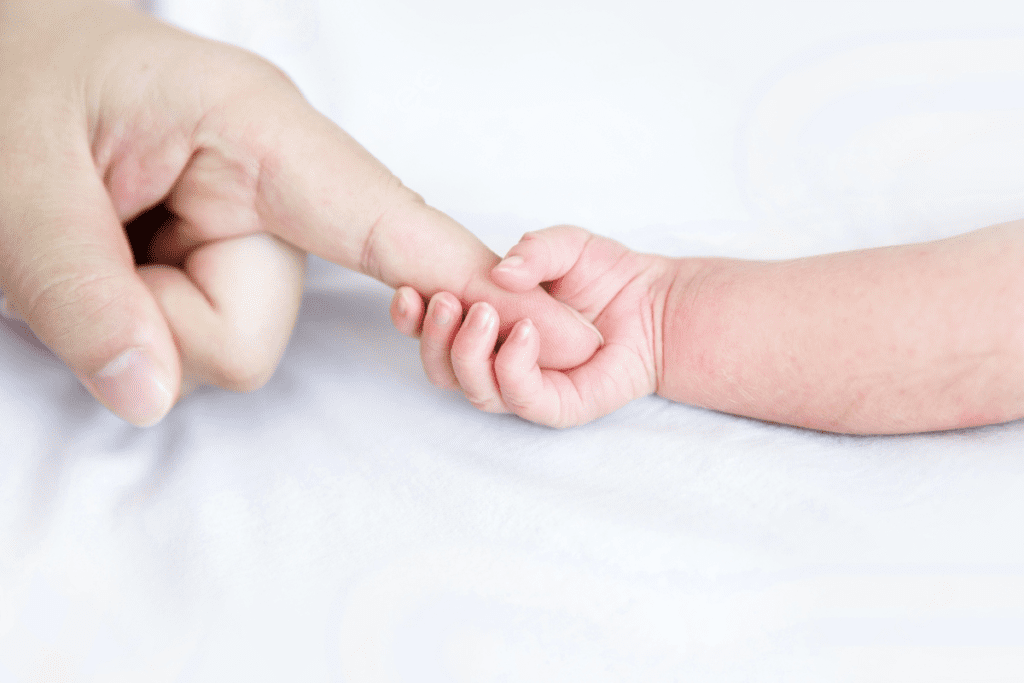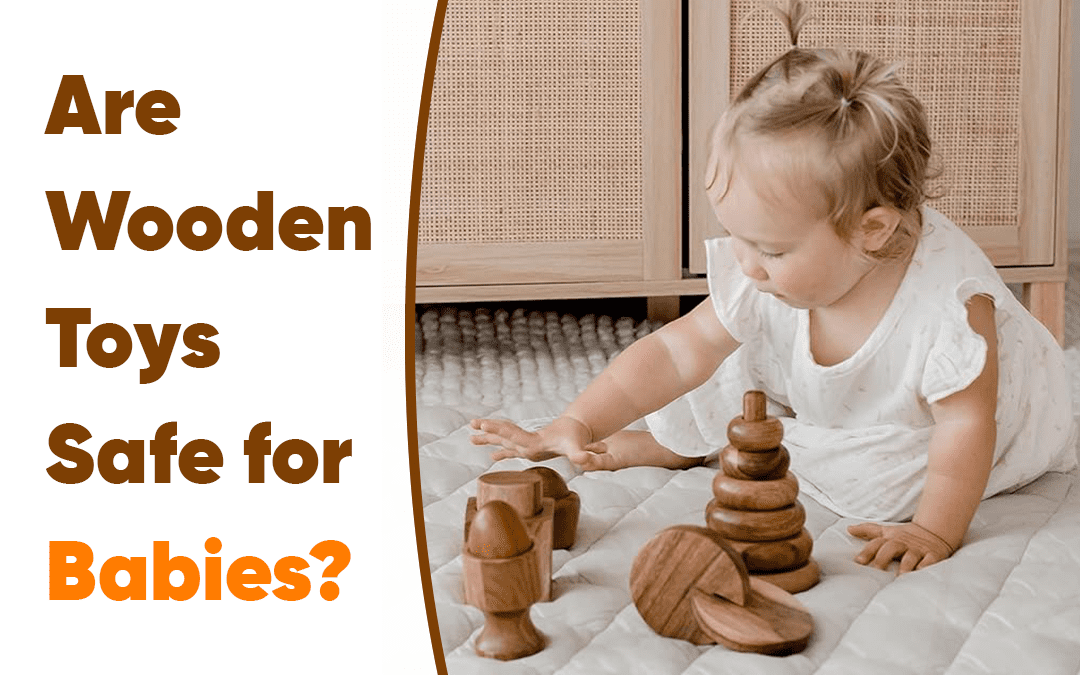
Welcoming a newborn requires careful attention to the needs of both the baby and the mother.This focus is essential for creating a supportive and loving environment for your growing family
The baby has been in a warm, dark, and cozy place inside the mother’s womb, with only a few familiar sounds like her heartbeat and voice. To help the baby adjust to the outside world, it’s important to create a similar environment when they are born—keeping the room dim and quiet.
This makes the transition easier for the baby. For the first few weeks, avoid bright lights and loud noises. As the baby gets used to their new home, you can start introducing brighter lights and more sounds. Also, the baby’s skin is very sensitive, so handle them gently and slowly.
Your gentle touch and loving care help the baby feel safe and welcomed.

It’s important for a newborn to have familiar points of reference to help them adjust after birth.Key references include the mother’s voice, her heartbeat, the sibling’s voice, and the father’s presence. These familiar sounds and sensations help the baby feel connected and secure
outside the womb. As soon as the baby is born, placing them on the mother’s chest is crucial for easing their transition. Skin-to-skin contact with both the mother and the father reassures the baby about their new surroundings. When the baby feels distressed, hearing the mother’s voice
can be especially comforting, as they would have heard it often while in the womb.
Likewise, it’s important to dress the baby in clothes made from natural fabrics like cotton and bamboo to allow their skin to breathe. During the first two weeks, a baby’s body is unable to regulate its temperature effectively. Thus, you need to maintain a comfortable room temperature
and adjust the baby’s clothing and blankets according to the weather

From the moment they are born, babies are highly sensitive to their surroundings. The organization of their physical environment and the consistency in their care are crucial, as they help the baby adjust to the new world they have entered. Therefore, it’s important to set up
specific areas for changing, feeding, bathing, and providing movement opportunities. These designated spaces help the baby understand and feel secure in their new environment by creating familiar reference points.
Additionally, you should create a dedicated area for the baby within the home. This space can include a movement mat for exploring body movements, mobiles for visual stimulation, and various age-appropriate toys to support their development.
Ensuring safety is a crucial part of preparing your home for a newborn. It’s important to make sure that everything within the child’s reach is secure and safe. For the first few months, when the baby spends most of their time sleeping, focus on making their sleep environment safe. For
example, if the baby sleeps in a large bed, take precautions to prevent the baby from falling, as even newborns can move around.
As the baby begins to explore and move, additional safety measures will be needed. This includes securing furniture with sharp corners, removing any loose items that could be put in their mouth, and closely supervising bathroom use. Safety considerations will vary depending
on your home’s layout, so be sure to assess and address potential hazards based on your
specific space.
Key Discussions and Developmental Tips for New Parents
When preparing for the arrival of a newborn, it’s important for the family to discuss several key aspects in advance. This includes decisions about baby care, such as choosing between cloth or disposable diapers, establishing a night care routine, deciding on exclusive breastfeeding
versus a combination of breastfeeding and bottle feeding, and managing household responsibilities like chores, food, and groceries. Having these discussions helps set up systems to make the transition smoother and allows the mother to focus on recovering and bonding with
the baby.
Additionally, respecting your baby’s natural rhythm is crucial for their development. Newborns don’t have a set circadian rhythm at birth, so it’s important to allow this pattern to develop gradually over the first few months. Pay attention to the baby’s cues for needs such as hunger,
comfort, skin-to-skin contact, burping, and diaper changes, and respond accordingly. This approach supports the baby’s adjustment and helps create a nurturing environment.

In the first two months after birth, it is vital for the mother and baby to spend ample time together. During this period, the newborn forms a special bond with the mother, which becomes the foundation for all future relationships and instills a crucial sense of trust in the world. This
bonding is essential for the baby’s development. To support this, it’s important to manage household tasks and care for older siblings so that the mother can fully concentrate on nurturing her relationship with the newborn. Providing the mother with the necessary support is key to
achieving this.
Conclusion
Preparing for the arrival of a newborn involves careful planning and consideration to ensure both the baby and the mother have a smooth transition into their new life together. Creating a safe, comfortable, and supportive environment is crucial for the baby’s development and the
mother’s well-being. By addressing key areas such as setting up designated spaces for baby care, discussing family roles and responsibilities, and respecting the baby’s natural rhythms,families can help establish a nurturing foundation. Prioritizing the mother’s ability to bond with
her newborn and providing necessary support will facilitate a positive start for the entire family.






